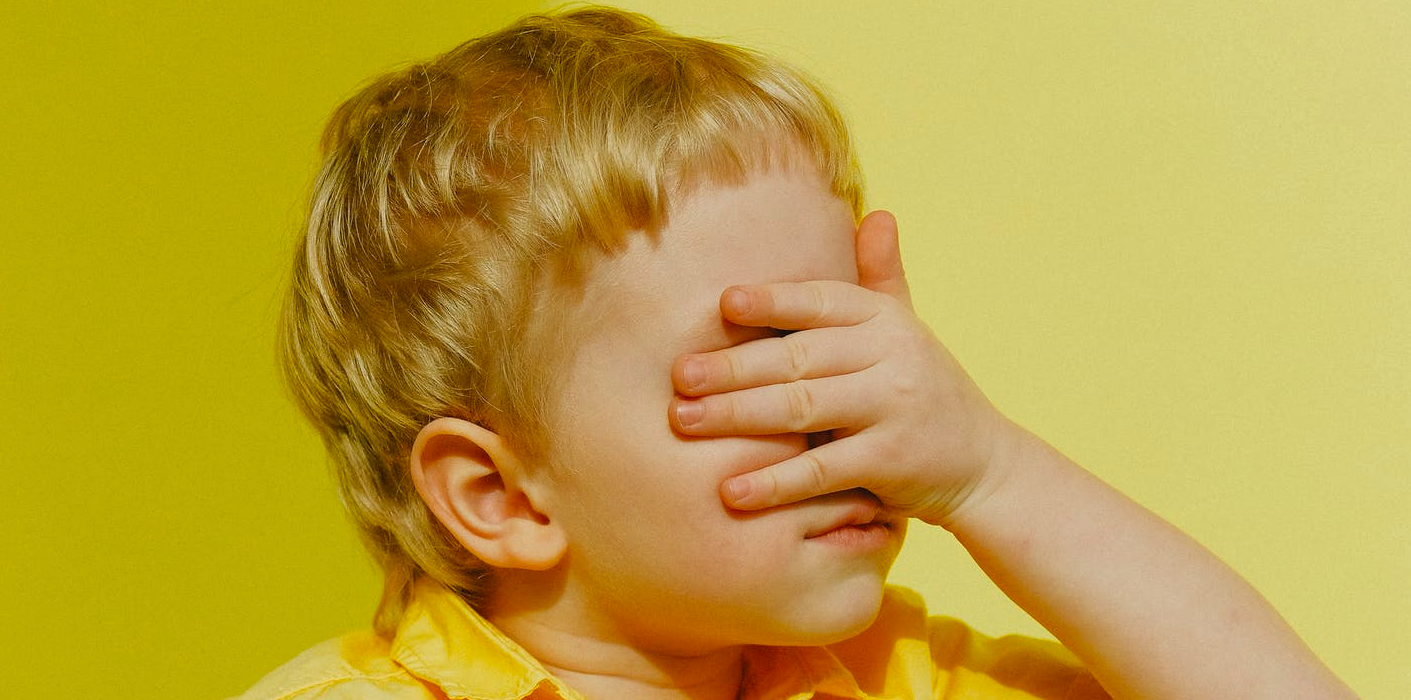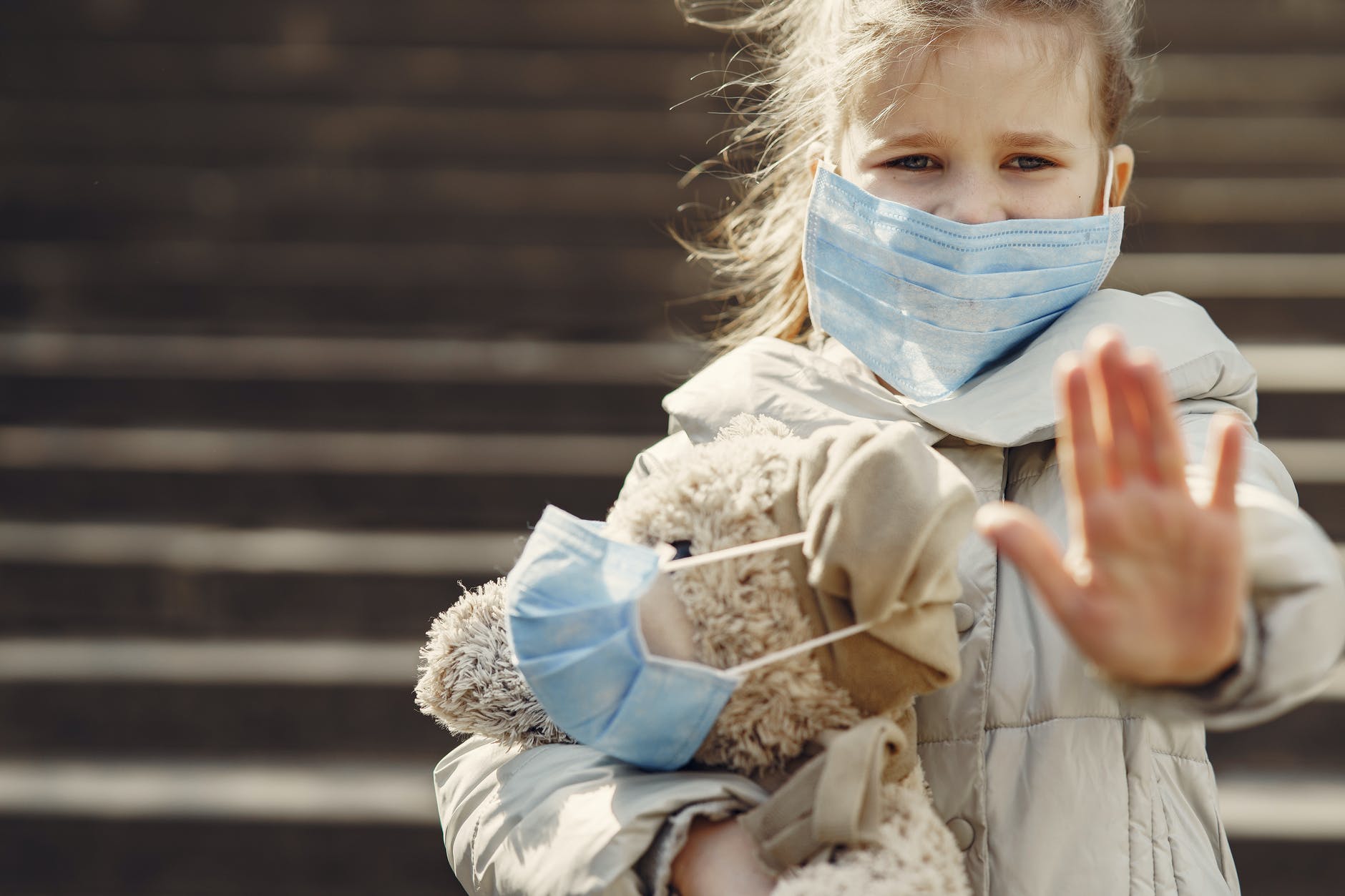Introduction:
Behavioral disorders in children can significantly impact their overall well-being, academic
performance, and social interactions.
As a parent or caregiver, it’s crucial to recognize the signs, understand the underlying
causes, and explore effective management strategies.
In this article, we will delve into the world of behavioral disorders in children,
shedding light on their causes, symptoms, and strategies to support affected children.
What Are Behavioral Disorders in Children?
Behavioral disorders refer to a range of conditions characterized by persistent patterns of
disruptive, impulsive, or inattentive behaviors that go beyond typical childhood behavior.
These disorders can affect children of all ages, leading to difficulties in self-control,
emotional regulation, and social interactions.
Common Types of Behavioral Disorders:
a) Attention-Deficit/Hyperactivity Disorder (ADHD):
ADHD is one of the most prevalent behavioral disorders in children, characterized by
symptoms such as hyperactivity, impulsivity, and inattention. Children with ADHD often
struggle with following instructions, staying focused, and controlling their impulses.
b) Oppositional Defiant Disorder (ODD):
ODD manifests as a pattern of defiant, argumentative, and hostile behaviors toward
authority figures. Children with ODD tend to exhibit temper tantrums, frequent arguments,
and an unwillingness to comply with rules.
c) Conduct Disorder (CD):
CD involves a persistent pattern of aggressive and antisocial behaviors.
Children with CD may engage in physical aggression, deceitfulness, and violation of
rules or rights of others.
Causes of Behavioral Disorders in Children:
a) Genetic and Biological Factors:
Research suggests that genetic factors can contribute to the development of
behavioral disorders in children.
Imbalances in neurotransmitters and structural brain abnormalities may also play a role.
b) Environmental Factors:
Exposure to environmental stressors, such as trauma, neglect, or abuse, can increase the risk of developing behavioral disorders.
Additionally, family dynamics, inconsistent discipline, and lack of parental involvement can contribute to the onset and persistence of these disorders.
c) Neurodevelopmental Factors:
Certain behavioral disorders, like ADHD, may stem from neurodevelopmental differences in brain structure and function.
Factors such as premature birth, low birth weight, and prenatal substance exposure can influence neurodevelopment.
Recognizing Behavioral Disorder Symptoms:
It’s essential to recognize the signs of behavioral disorders early on to ensure timely intervention.
Common symptoms include:
Persistent inattention, impulsivity, and hyperactivity
Excessive aggression, hostility, or defiance
Difficulty following rules and authority
Frequent temper tantrums or meltdowns
Poor academic performance and difficulty concentrating
Impaired social skills and difficulty making friends
Effective Management Strategies:
a) Early Intervention:
Identifying and addressing behavioral disorders early can significantly improve outcomes.
Consult a healthcare professional, such as a pediatrician or child psychologist,
to evaluate the child’s behavior and provide appropriate interventions.
b) Behavior Therapy:
Behavioral interventions,such as cognitive-behavioral therapy (CBT) and applied behavior
analysis (ABA), can help children develop adaptive behaviors and improve social skills.
These therapies focus on reinforcing positive behaviors, teaching coping strategies,
and managing challenging behaviors.
c) Medication:
In some cases, medication may be prescribed to manage symptoms of certain behavioral disorders, particularly ADHD.
Consultation with a healthcare professional is crucial to determine if medication is appropriate and to monitor its effects.
d) Parental Support and Education:
Parents play a vital role in supporting children with behavioral disorders.
Seeking support from professionals, joining support groups, and attending
parenting programs can provide valuable guidance and enhance parenting strategies.
Conclusion:
Behavioral disorders in children require understanding, patience, and appropriate interventions to help affected children thrive.
By recognizing the signs, understanding the causes, and implementing effective
management strategies, parents and caregivers can provide the necessary support to
enhance their child’s well-being and overall quality of life. Remember, early intervention
and a supportive environment are key in helping children with behavioral disorders
reach their full potential.
![]()









